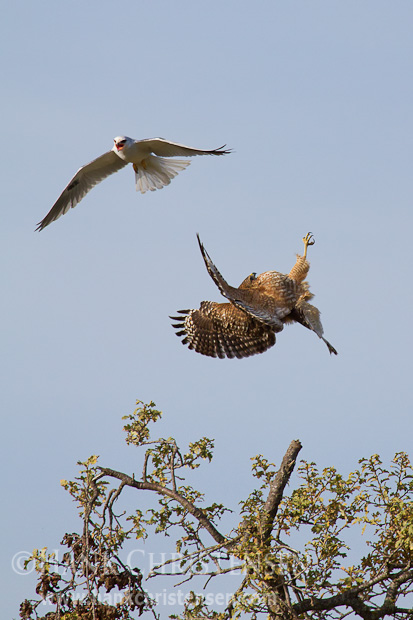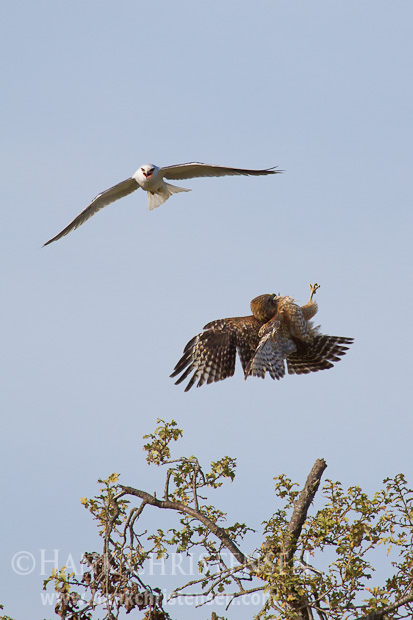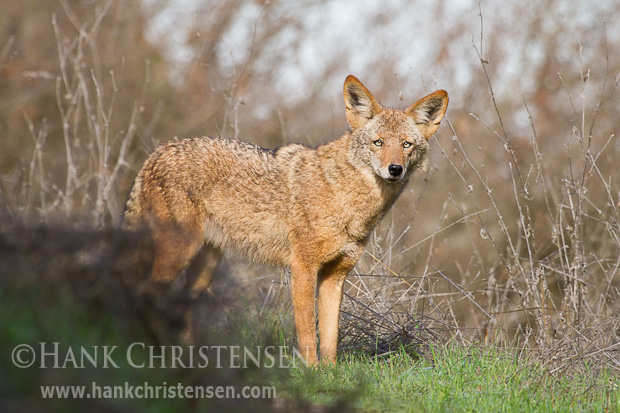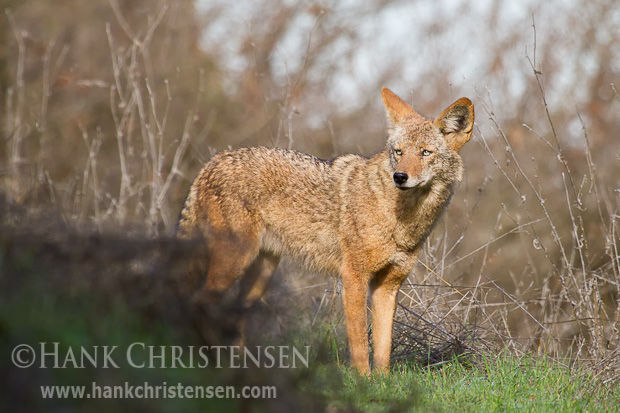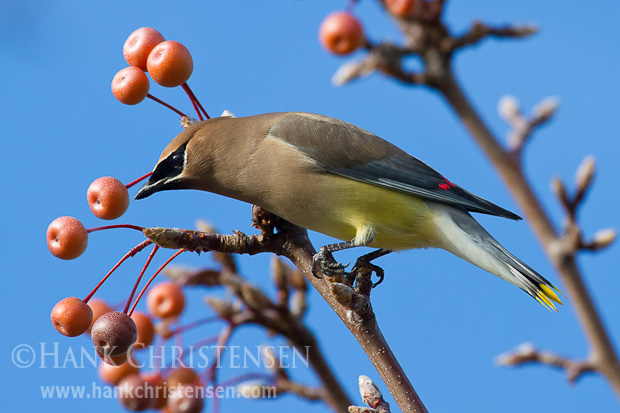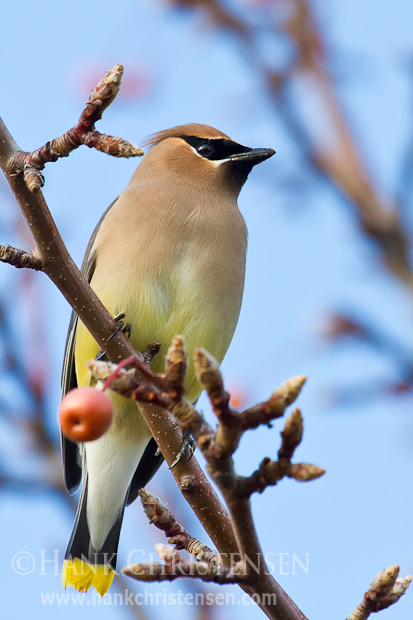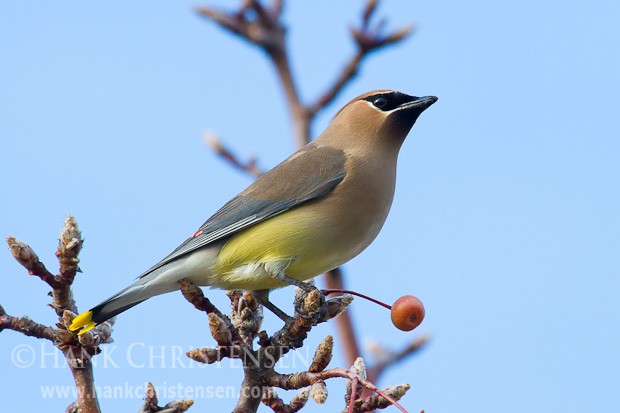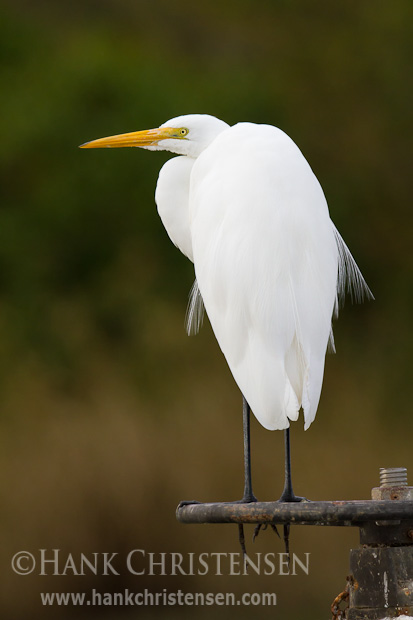
I’m a sucker for a photo with a perfect background, and that’s what sets this week’s photo apart for me. I usually try not to include man-made objects in my wildlife photography, but in this case, I thought the old rusty pump wheel juxtaposed against the smooth white feathers of the egret added to this photo. And there’s that background! Smooth green, with just enough abstract shapes to hint at lush vegetation. Yes, I know it’s another egret shot, but why not? After all, they are a pretty photogenic bird.
Because I wanted to make sure that both the egret’s face and its back were in sharp focus, I stopped down to f/8. I knew that the background was far enough away to still render out of focus. As I often do with stationary birds, I used only the center focus point on the egret’s eye, then recomposed while holding the shutter button half way. This ensured that if I didn’t stop down the aperture enough to include both the back and face in focus, at least it would be the eye that had the sharpest focus. If the eye isn’t in focus, the shot goes in the trash.
This photo was taken on a very overcast day, so I didn’t have to worry about the sun angle. The shadows would be soft and even, without bringing in too much contrast. Therefore I positioned myself according to the nicest background I could find. This had the egret facing away from me, so I had to wait until its head came into view, and was at least parallel to the sensor plane, or pointed slightly toward me. No one wants to see a photo of just an egret’s back. I made a noise, prompting the egret to swing its head and neck around to look back over its shoulder. That was it – I knew I had the shot!

